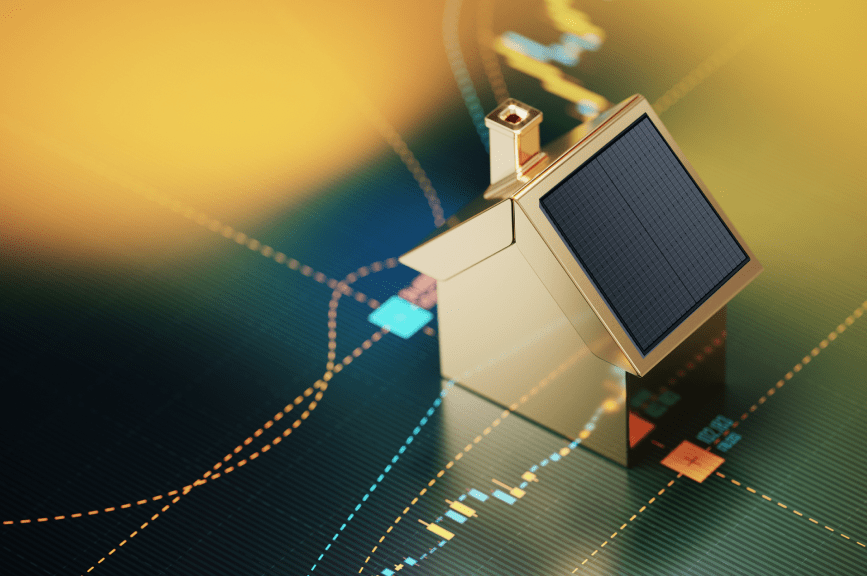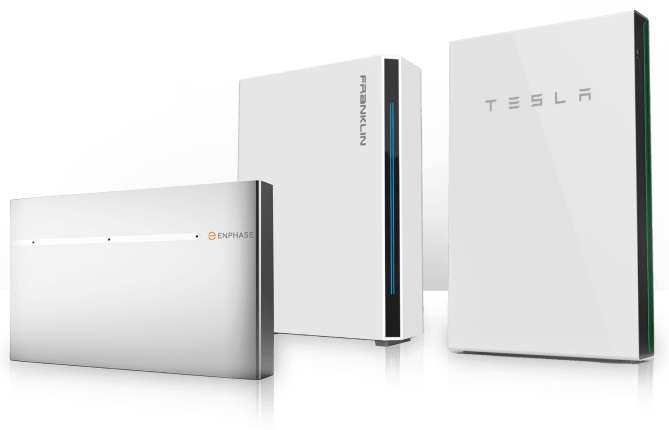

Adaptation is a way of life in California. Giant sequoias have evolved to withstand wildfire and use the heat to regenerate, desert mammals have developed systems that can survive on little water, and Silicon Valley masterminds are creating technologies to improve clean energy adoption ― and help these species persevere.
But despite innovations in solar cells and manufacturing compounds that promise to make solar energy cheaper and more efficient, California’s electric grid hasn’t kept pace.
While hardening the grid is no small feat, the state’s rising electricity costs and visible effects of climate change command action. Waiting for infrastructure updates isn’t an option.
We need to adapt.
Net Metering Policy and an Unstable Grid

What began as a policy to encourage distributed solar installations in the mid-1990s has evolved into a solar billing tariff that the California Public Utilities Commission (CPUC) hopes will promote grid reliability.
The original policy, net energy metering (NEM), which provides bill credits to solar customers for the clean energy they send to the grid, has enabled California to become the nation’s largest solar market. But too much of a good thing has repercussions, and the investor-owned utilities are powerful.
All that solar produced during the day doesn’t overlap with the evening surge in electricity demand, which leaves utilities struggling to ramp up production on antiquated infrastructure after sunset. This stress, combined with extreme weather, can lead to rolling outages.
In response, the CPUC voted in late 2022 to adopt a third iteration of net metering, NEM 3.0, which took effect in April. The new solar billing policy was designed, in part, to help stabilize the grid by reducing the value of solar-only systems to encourage energy storage.
While NEM 3.0 implemented a handful of changes, the most impactful was slashing the solar export credit rate from an average of $0.30 to $0.08 per kWh.*
It’s important to note that while solar-only systems have less value under NEM 3.0, the cost of electricity still makes going solar in California more financially appealing than in most other states.
Why Focusing on Self-Consumption is Crucial

Each new home development starts with a blank canvas. With abundant possibilities, developers have the freedom to design sophisticated energy-efficient homes that buyers want.
The Golden State’s new solar billing structure creates a stronger price signal for solar customers to become more self-sufficient. So, for those who want to see the greatest return on their solar investment, the trick is to maximize self-consumption: use as much of your own solar power as possible.
The logic? Because the export rates are so low under NEM 3.0, the solar you create on-site is more valuable for you to use than it is to export it to the grid. Therefore, being strategic about how and when you use your own electrons will help reduce the payback period so your system can pay itself ― faster.
Self-consumption can happen in two ways: producing and consuming your solar power immediately or producing it and storing it for later.

Shift your load
While your production will change during different seasons, peak solar generation typically falls between 11 am and 4 pm. By shifting your load or using as much energy as possible within this timeframe (run the washing machine, crank the AC, charge your EV, etc.), you can minimize exporting to and buying from the grid.

Change your orientation
By changing the orientation of your solar panels from facing due south to southwest, you can capture more sunlight later in the day as the demand for (and price of) electricity from the grid increases.*

Reduce your system size
Because grid-exported energy is less valuable, customers who shrink their system size to offset a smaller portion of their electricity bill (such as a 50-60% offset compared to a 100% offset) can better overlap production with consumption. Your cost-per-watt will likely be higher because of all the fixed costs (solar can’t lower these), but curtailing your excess production will reduce the need to export.
What works for one household might not work for the house next door. Not everyone can change their lifestyle to shift their load profile; not everyone has an unobstructed southwest-facing slope. Combining these strategies can help improve your savings with NEM 3.0.
Why Focusing on Self-Consumption is Crucial
The most effective way to use your own supply of solar is to store in a battery the generation you don’t immediately use. By doing so, you can draw your own clean energy when you need it, rather than paying for electricity from the grid.
A solar battery also gives you more control over when you export to the grid, which enables solar customers to be strategic and obtain the highest credit value.
Here’s how:
The export credit rate mentioned earlier is an average across the investor-owned utility territories impacted by NEM 3.0. There are actually 576 different export compensation rates, based on an Avoided Cost Calculator (ACC) that assigns different values for each hour, month, weekend and weekday throughout the year. These rates vary considerably ― from zero on a weekend afternoon in April to $3 per kWh on an evening in September.*

Aside from changing how the export credits are valued, NEM 3.0 also changes time-of-use (TOU) rates for solar customers. Under the new net billing tariff, solar customers must sign up for “highly differentiated” TOU rates, called electrification rates. More extreme than standard TOU rates, electrification rates carry a fixed monthly charge (around $15) and impose notably higher on-peak charges (still from 4-9 pm) and notably lower off-peak charges.
Therefore, there is a significant amount of value that customers can capture by exporting to the grid during premium-priced hours when the grid is stressed. For instance, you can program your solar battery to pull electricity from the grid when it’s the cheapest ― even if your solar panels are also feeding the battery. Once it’s charged, your solar battery can dispatch during prime evening hours and help your household avoid peak rates.
Solar + Storage Offers the Greatest Return
What about savings over the long-term under NEM 3.0? Sunnova ran the numbers to see how customers might fare with our solar-only systems vs. solar plus storage systems in the three investor-owned utility territories.
We found that, over the expected lifetime of a Sunnova SunSafe® solar + battery storage system, customers could save anywhere from 22% to 35% on electricity costs.*
For instance, over a 25-year span:
- PG&E customers could more than double their bill savings by installing solar with storage compared to only solar.
- Due to high electricity rates, SDG&E customers can save more than 45% with solar panels and 63% when they attach a battery.
- SCE customers won’t likely see bill savings with a solar-only system, but can expect to save at least 22% over their utility electric bill with a solar plus storage system.
Therefore, even though California customers are getting reduced credits for their solar panels under NEM 3.0, adding storage can help balance the overall cost impact of rising electricity bills.

What Kind of Battery Do You Need?
NEM 3.0 has significantly changed the solar industry in California. As a result, many installers are looking for ways to remain competitive. We can expect new products and technologies to be introduced in this new era of solar net billing.
One new offering is a battery designed with the sole purpose of addressing peak rates, configured in TOU-only mode.

These are grid-dependent batteries that have no backup capabilities ― they’re only designed to charge from the grid or solar, and then dispatch during the TOU window when rates are high. While these batteries can provide relief from soaring evening rates, they don’t offer reliability benefits and cannot provide power during a grid interruption.
All our Sunnova SunSafe® solar + battery systems are designed to detach from the power grid and provide backup power to your home, should the grid fail. If rolling blackouts and weather-related outages are a concern in your area, be sure to ask about solar + storage systems with full backup functionality.*
Navigating the NEM 3.0 World
In the short term, California’s steep reduction in the value of solar exports will shrink both the state and national market in 2024 ― by 38% and 3%, respectively ― according to forecasts from Wood Mackenzie.
But over the long term, as the state moves to a solar plus storage market, analysts are expecting battery attachment rates to soar to 80% by 2027, compared to 12% today.*
Homeowners who produce their own on-site energy and store it for later can avoid paying extreme electricity rates that utilities are starting to implement during peak hours. Residents can also lower their own carbon impact and help the Golden State reach its aggressive climate targets.
Like the giant sequoias that have learned to thrive as the world around them changes, solar in California will persevere one way or another. And residents will adapt.


